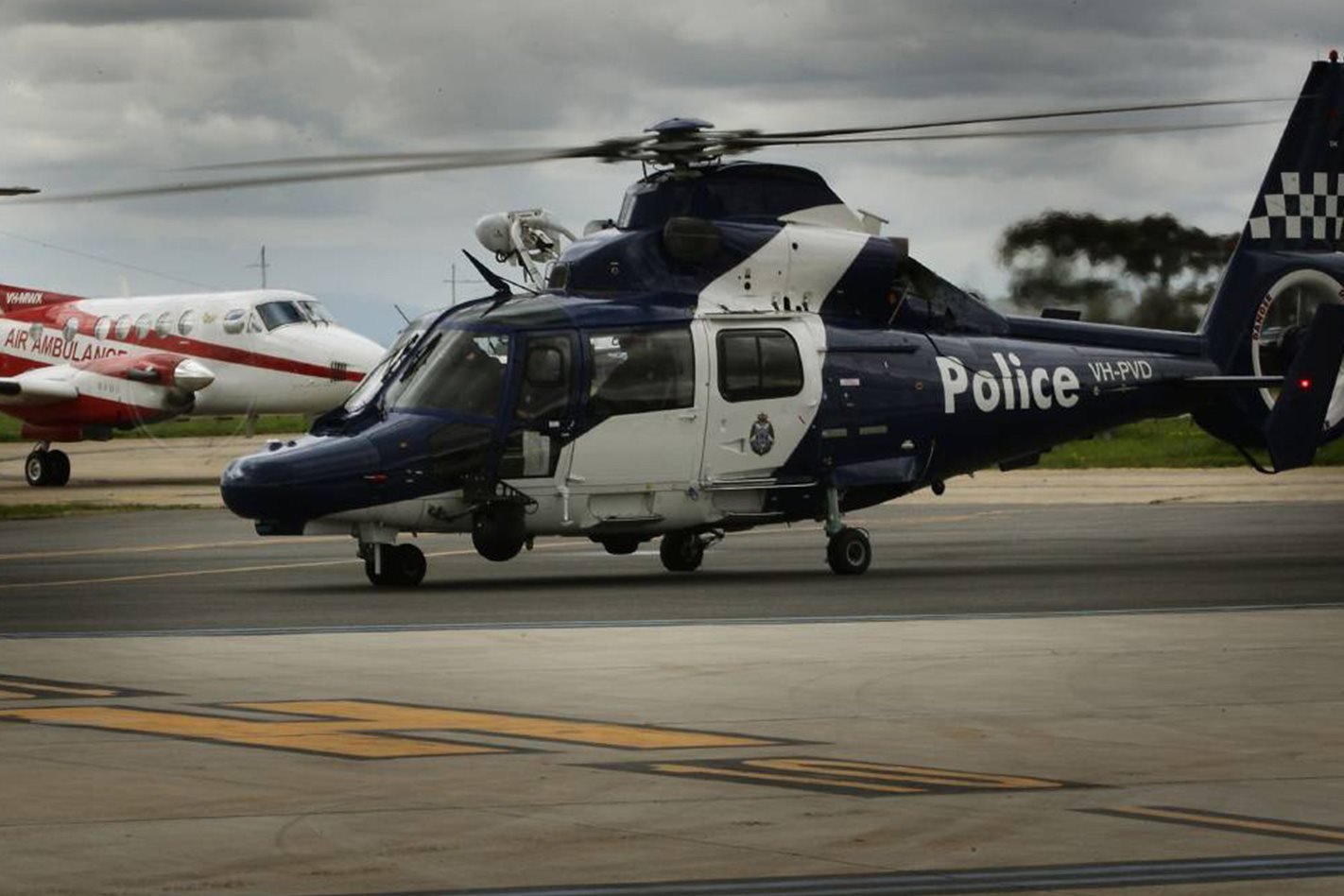“SPEED LIMIT enforced by aircraft”. It’s a statement (or an extremely similar variation) that you’ll find on roadside signs throughout regional Australia – but, is it true?
The history of aerial speed checks in Australia is mired in mystery and myths. In fact, it has been used as a form of speed enforcement since at least the 1980s. Even as late as the late-2000s and early-2010s both NSW and Victoria were huffing in the media about the fact speeding drivers could be caught by PolAir.
Then, in December of 2009, then NSW Police Commissioner Andrew Scipione announced the return of aerial speed checks for a stretch of the Hume Highway at Marulan.
NSW Police reportedly used a Cessna 206H aeroplane – which was acquired during the 2000 Sydney Olympic Games – to measure motorists’ speed over a 5-kilometre stretch of road. If police calculated a car was speeding, a photograph would be taken of the number plate, and an infringement sent in the mail.
By April of 2010 the program was out of favour, with The Daily Telegraph reporting just 16 motorists had been fined as part of the program after four months of operation. Police said the aircraft had flown for 94 hours, completing 1588 speed checks.
Come 2012 it was Victoria’s turn to proclaim the return of aerial speed checks in the state.
Superintendent Neville Taylor told media in April that year that motorists will be watched “from the sky and the road”.
Victoria’s aerial speed checks were reportedly performed by helicopter, again calculating a vehicles speed by measuring the time it takes to travel between two fixed points.
When asked by Wheels, a Victoria Police spokesperson confirmed the state’s police force continues to use aerial speed checks to catch speeding drivers.
“Aerial speed detection is only done on roads where police have pre-measured and marked a set distance of the road,” they said.
“Aerial speed detection is not new to Victoria Police. It is a tactic that is used on occasion as part of targeted operations and campaigns to compliment other road enforcement tools.”
However, when asked to reveal the number of drivers who had been fined as a result of aerial speed checks, the tune had changed.
“Aerial speed detection has not been used in Victoria in the past 12 months,” was the response.
Despite the apparent lack of interest in using planes to enforce limits, we aren’t holding our breath for the roadside signs warning of aerial speed checks to be removed.
Queensland Police told Wheels it has the capability to perform aerial speed checks, but does not do so in a traditional road enforcement capacity.
“The deployment of PolAir is undertaken on a tactical basis and is not utilised or deployed for speed detection or enforcement purposes,” a statement read.
“Tactical flight officers in PolAir use the on-board camera to identify vehicles traveling at a faster speed than other motorists and being driven in a way which may endanger other road users.
“Through police radio, the officers then request the assistance of a nearby general duties or traffic branch unit to intercept the vehicle.
“The officers do not just observe the speeding vehicles but also record the driving behaviour as evidence for prosecution purposes.
“The use of PolAir is an important tool in identifying and monitoring target or stolen motor vehicles and is invaluable in obviating the need for police officers on the ground units to engage in high speed police pursuits.”
So it turns out the myth of aerial speed enforcement in Australia has survived thanks to decade-old anecdotes and outdated signs which litter rural roads. The myth obviously works in the Police’s favour, but while there have been modern attempts to reinvigorate the enforcement method, it appears that the cost-to-benefit ratio isn’t ideal. Unless you are in the midst of a police chase, you’re unlikely to be nabbed by PolAir for speeding any time soon.
However, is the deterrent effect of those signs more important and more effective than having flying cops peering through cameras to nab individual offenders – even if the threat they warn of no longer exists?






